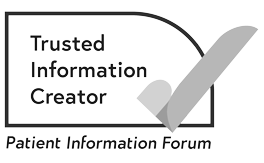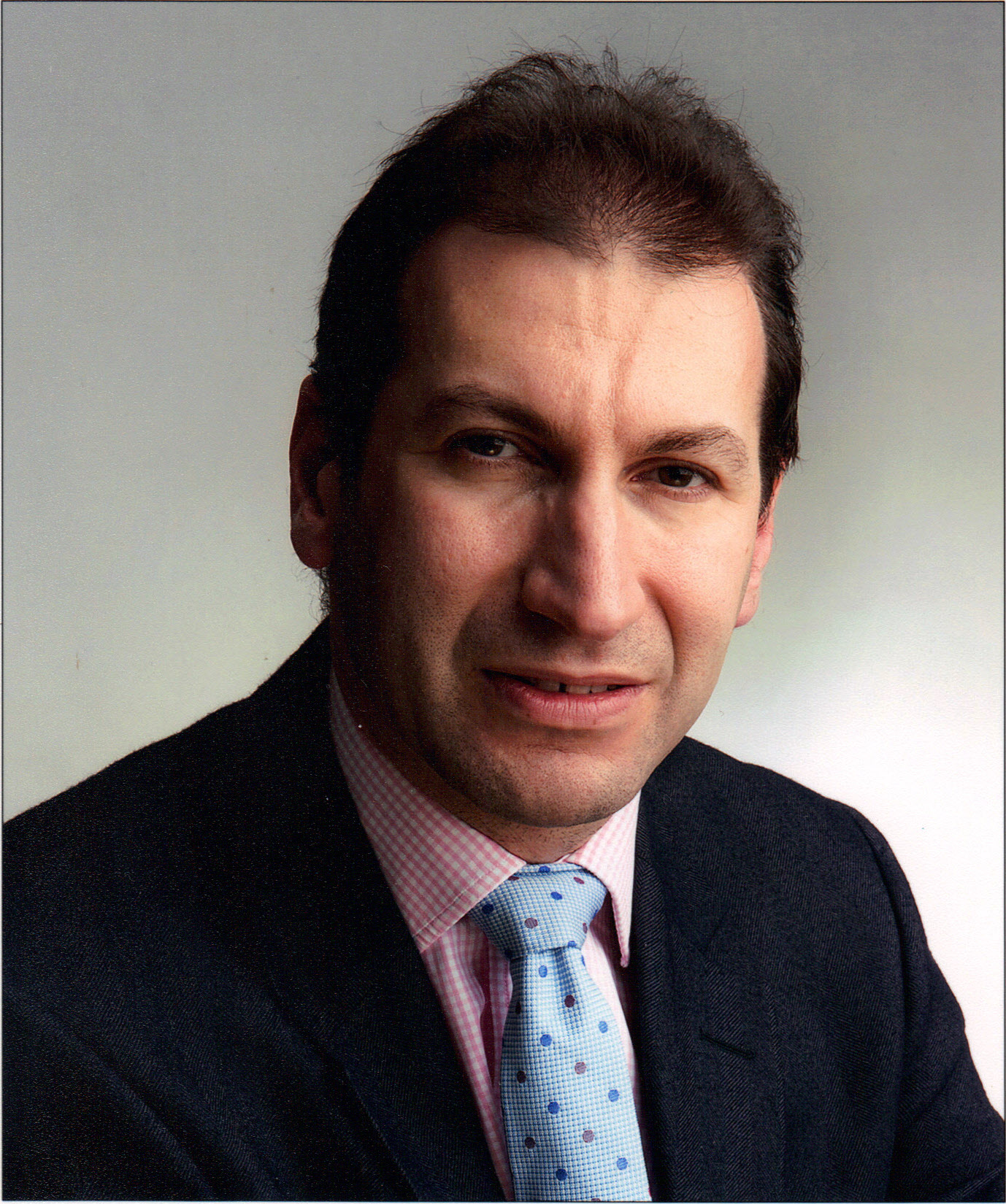Targeted therapy and immunotherapy for primary liver cancer
Targeted or immunotherapy drugs may be used if liver cancer has spread or cannot be removed. You need to be generally well to have these drugs.
Targeted therapy and immunotherapy drugs for liver cancer
Targeted therapy or immunotherapy drugs might be used to treat primary liver cancer (also known as hepatocellar carcinoma or HCC) if the cancer:
- cannot be removed by surgery
- has spread to the blood vessels in the liver
- has spread outside the liver or other parts of the body.
Targeted therapy drugs target something in or around the cancer cell that is helping it grow. Some targeted therapy drugs also stop the cancer developing new blood vessels.
Immunotherapy drugs use the immune system to find and attack cancer cells.
To have these drugs, your liver still needs to be working well and you need to be generally well. This is because these drugs can have some serious side effects. You need to be well enough to cope with these side effects.
We have more information about how doctors use:
- the Child-Pugh system to understand how well the liver is working
- performance status to rate how well you are.
Getting support
We understand that having treatment can be a difficult time for people. We are here to support you. If you want to talk, you can:
- Call the Macmillan Support Line for free on 0808 808 00 00.
- Chat to our specialists online.
- Visit our liver cancer forum to connect with people who have been affected by liver cancer, share your experience, and ask your questions.
Related pages
Combination treatment for liver cancer
You might be given atezolizumab and bevacizumab together as your first treatment for liver cancer that cannot be removed with surgery or has spread:
- Atezolizumab (Tecentriq®) is an immunotherapy drug.
- Bevacizumab is a type of targeted therapy drug called a monoclonal antibody. It also stops the cancer developing new blood vessels.
You usually have these drugs at a day unit as a drip into a vein. This is called an intravenous infusion. You have these drugs every 3 weeks.
Side effects
Some of the common side effects of this combined treatment are:
- feeling tired or weak
- feeling sick
- having pain in the tummy
- diarrhoea or constipation
- a cough and shortness of breath
- high blood pressure
- soreness of the skin on the palms of the hands and soles of the feet – this is called hand-foot (palmar-plantar) syndrome
- low platelets – these are blood cells that prevent bleeding and bruising
- increased risk of bleeding
- thyroid changes.
Effects on the immune system
Immunotherapy drugs like atezolizumab can cause the immune system to become overactive. This can cause inflammation to organs in your body.
Some side effects may be mild to start with. But if they are not treated, they can become serious very quickly.
Always follow the advice your cancer team gives you about side effects. It is important to contact the hospital on the numbers they give you as soon as possible about any side effects.
Side effects can happen weeks, months, 1 year or more than a year later after you have stopped taking the drug.
Your cancer doctor, specialist nurse or pharmacist will give you information about side effects. They will give you a card with information about your treatment on it. It is important to have this card with you during treatment and after treatment finishes. You should always show it to any doctor or healthcare professional you need to see or who prescribes any other medication for you.
We have more information about side effects of atezolizumab and bevacizumab.
Targeted therapy drugs for liver cancer
There are different types of targeted therapy drugs. Each type targets something in or around the cancer cell that is helping it grow and survive. Targeted therapy drugs called cancer growth inhibitors are often used to treat liver cancer.
Some cancer growth inhibitors are also angiogenesis inhibitors. This means they stop the cancer developing new blood vessels.
The most commonly used targeted therapy drugs for HCC are:
- sorafenib (Nexavar®)
- lenvatinib.
If you have sorafenib and it does not work or stops controlling the cancer, your cancer doctors often prescribe lenvatinib. Or they may prescribe a different targeted drug, such as:
- cabozantinib
- regorafenib (Stivarga®).
These drugs are taken as capsules or tablets.
Another type of targeted therapy drug called ramucirumab (Cyramza®) might be used if you have already had treatment with sorafenib. It is given as a drip (infusion).
Other targeted therapy drugs may be used in clinical trials.
Targeted therapy drugs may help to slow the growth of the tumour and relieve symptoms. Doctors usually prescribe them for as long as they work well for you.
Side effects
Your cancer doctor or specialist nurse will explain the possible side effects of the drugs you are having. They will give you advice about how these can be managed.
Always tell your cancer doctor, specialist nurse or pharmacist about any side effects you have. They can give you drugs to help control side effects.
For most people, the side effects are mild or moderate and get better after a few weeks. Sometimes side effects may be more severe.
Some common side effects include:
- tiredness
- feeling sick
- diarrhoea
- itchy rash or dry, sensitive skin
- soreness of the skin on the palms of the hands and soles of the feet – this is called hand-foot (palmar-plantar) syndrome
- high blood pressure
- muscle or joint pain
- thyroid changes.
About our information
This information has been written, revised and edited by Macmillan Cancer Support’s Cancer Information Development team. It has been reviewed by expert medical and health professionals and people living with cancer.
-
References
Below is a sample of the sources used in our primary liver cancer information. If you would like more information about the sources we use, please contact us at informationproductionteam@macmillan.org.uk
ESMO Guidelines Committee. Updated treatment recommendations for hepatocellular carcinoma (HCC) from the ESMO Clinical Practice Guidelines. eUpdate. March 2021. Available from: www.esmo.org/guidelines/guidelines-by-topic/esmo-clinical-practice-guidelines-gastrointestinal-cancers/hepatocellular-carcinoma-esmo-clinical-practice-guidelines-for-diagnosis-treatment-and-follow-up/eupdate-hepatocellular-carcinoma-treatment-recommendations [accessed April 2023].
Huang QD, Teng MLP. Hepatocellular carcinoma – symptoms, diagnosis and treatment. BMJ Best Practice Guidelines. 2022. Available from: www.bestpractice.bmj.com/topics/en-gb/369 [accessed March 2023].
Vogel A, Cervantes A, Chau I, Daniele B, Llovet JM, Meyer T, et al. Hepatocellular carcinoma: ESMO Clinical Practice Guidelines for diagnosis, treatment and follow-up. Annals of Oncology. 2018;29(4): 238–255. Available from: www.doi.org/10.1093/annonc/mdy308 [accessed April 2023].
Date reviewed

Our cancer information meets the PIF TICK quality mark.
This means it is easy to use, up-to-date and based on the latest evidence. Learn more about how we produce our information.
The language we use
We want everyone affected by cancer to feel our information is written for them.
We want our information to be as clear as possible. To do this, we try to:
- use plain English
- explain medical words
- use short sentences
- use illustrations to explain text
- structure the information clearly
- make sure important points are clear.
We use gender-inclusive language and talk to our readers as ‘you’ so that everyone feels included. Where clinically necessary we use the terms ‘men’ and ‘women’ or ‘male’ and ‘female’. For example, we do so when talking about parts of the body or mentioning statistics or research about who is affected.
You can read more about how we produce our information here.





